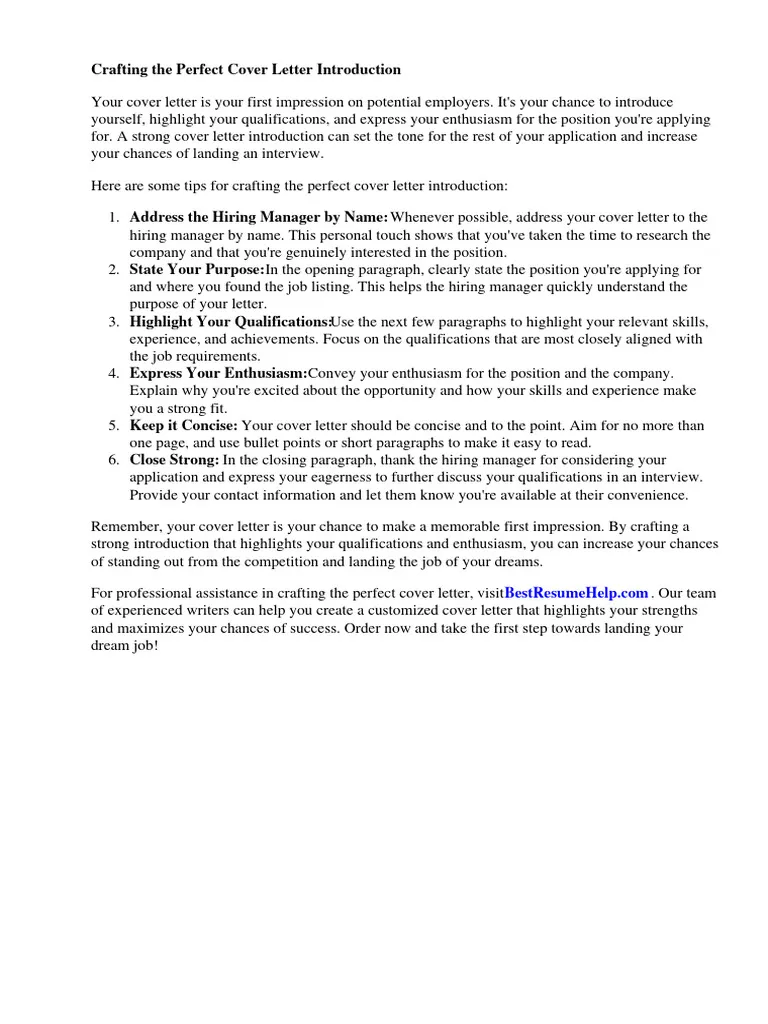What is a Cover Letter Introduction
The cover letter introduction is the first paragraph of your cover letter, and it serves as a critical first impression. It’s your chance to grab the hiring manager’s attention, express your interest in the position, and highlight your most relevant qualifications. A well-crafted introduction sets the tone for the entire letter, enticing the reader to delve deeper into your skills, experience, and suitability for the job. It’s the handshake that opens the door to a potential interview, and it should be approached with careful consideration and strategic planning. Understanding its purpose is the first step in crafting a winning cover letter introduction.
Why the Cover Letter Intro Matters
In today’s competitive job market, where recruiters often skim through hundreds of applications, your cover letter introduction is your golden ticket to being noticed. It’s the initial hook that captures the reader’s interest and compels them to keep reading. A strong introduction signals your professionalism, communication skills, and genuine enthusiasm for the role. It gives you an opportunity to immediately connect your skills and experience to the job requirements, making a compelling case for why you are the ideal candidate. Ignoring the introduction is like skipping the appetizer at a fancy restaurant – you might miss out on the best part. With a well-written introduction, your cover letter will stand out from the crowd, and it is crucial for getting your foot in the door for an interview.
First Step Understand the Job Description
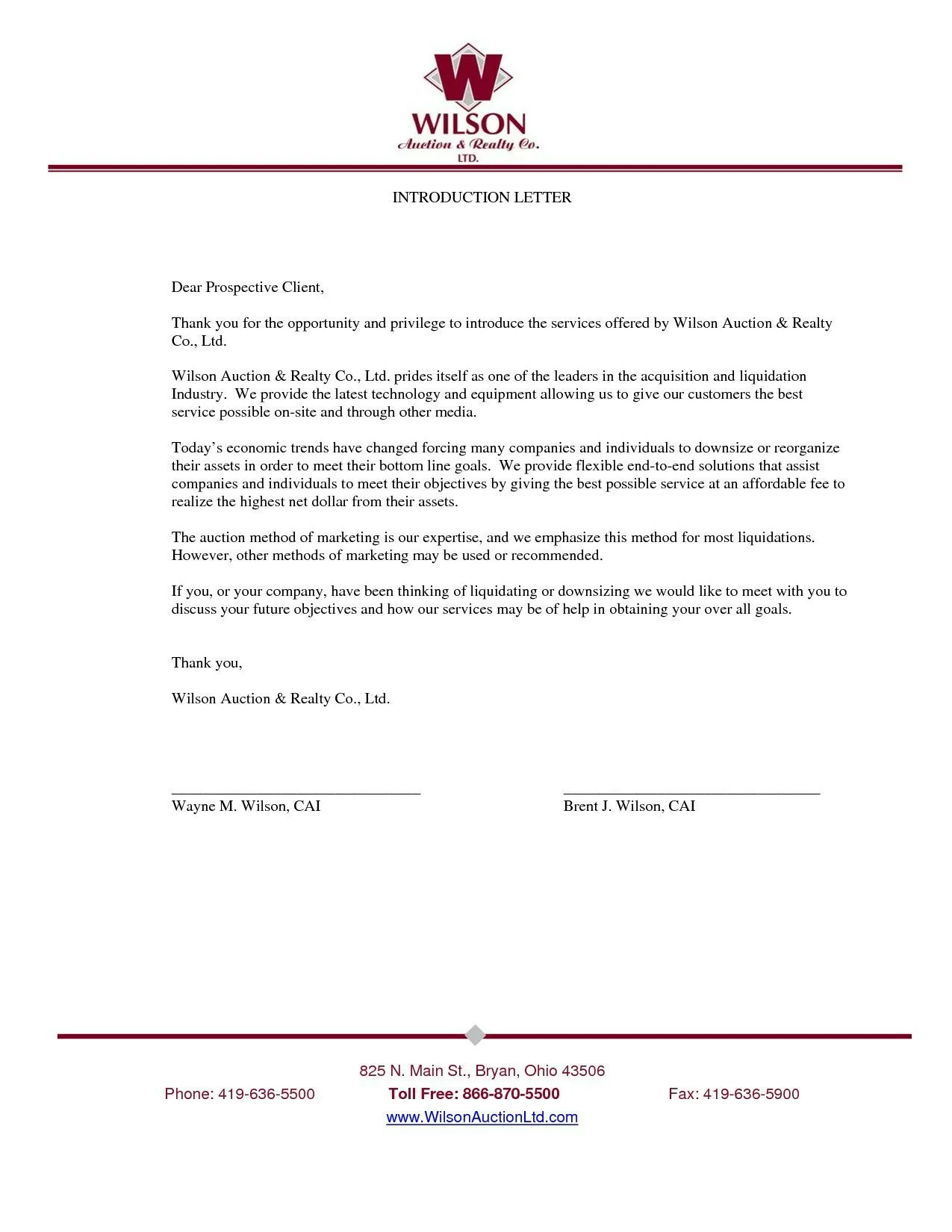
Before you begin writing your cover letter introduction, carefully analyze the job description. Identify the key skills, experiences, and qualifications that the employer is seeking. This understanding will guide you in tailoring your introduction to the specific requirements of the role. Taking the time to understand the role is very important, because you want to be sure to know the role and what the company is looking for. By doing so, you will be able to make an intro that the hiring manager likes and wants to see more from.
Tailoring your intro to the role
Your cover letter should never be a generic, one-size-fits-all document. Tailor each introduction to the specific job and company. This involves highlighting the skills and experiences most relevant to the position’s requirements. If the job description emphasizes project management, your intro should briefly mention your project management experience. Make sure you are showcasing what the hiring manager wants to see, and showing why you are a good fit.
Highlighting relevant skills and experiences
Focus on the skills and experiences that directly align with the job requirements. This demonstrates that you’ve carefully considered the position and understand the employer’s needs. If the job posting lists proficiency in a certain software, or a certain degree, make sure you mention that at the beginning of your introduction. This will quickly get you on the hiring manager’s good side, and make sure that they know you have what it takes for this role.
Second Step Start with a Hook
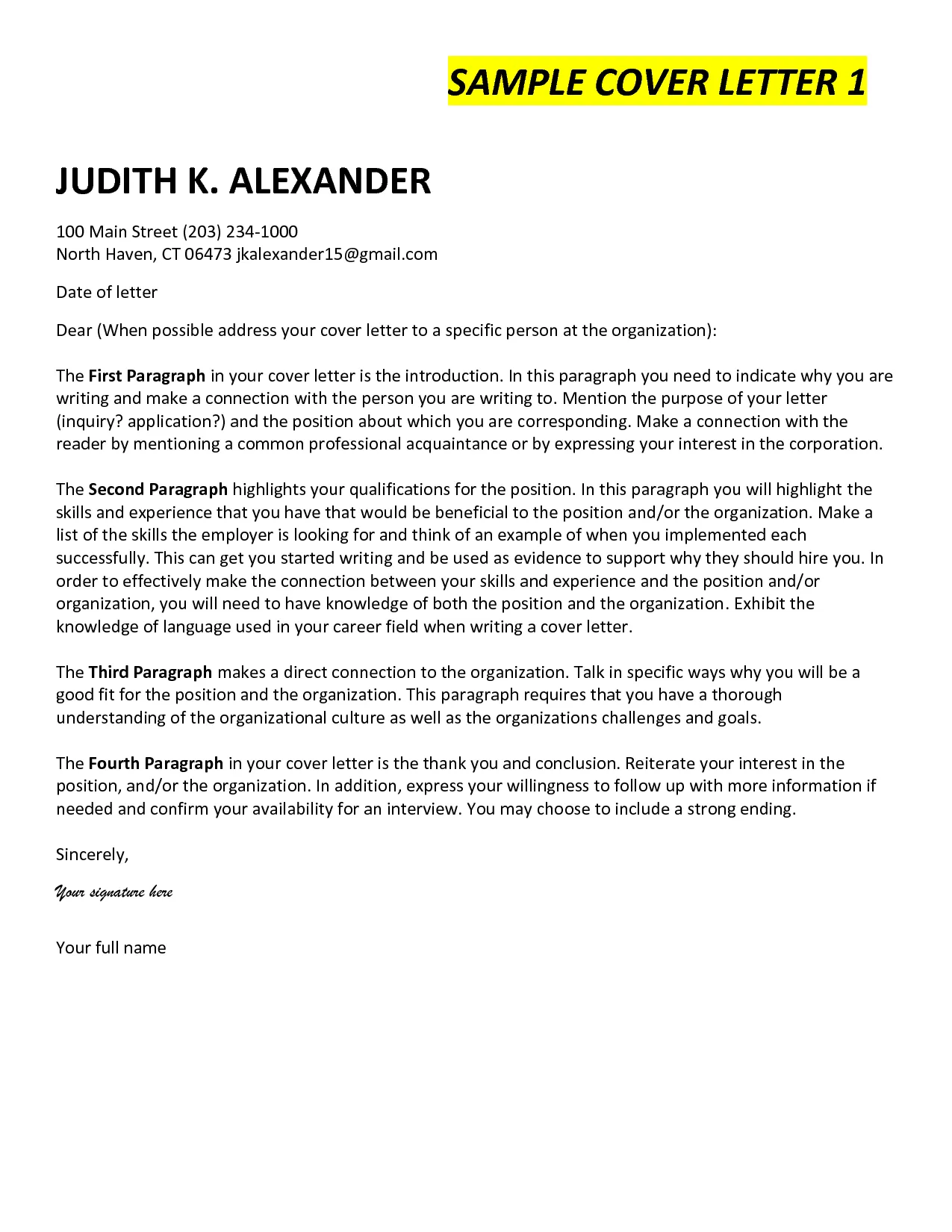
Your introduction should immediately grab the reader’s attention. This is the perfect place to use a hook to get the hiring manager interested in you, and your experiences. A compelling opening sentence is your chance to make a great first impression and encourage the reader to continue reading your letter. A good hook can be anything from a personal anecdote to a unique achievement related to the job. The goal is to pique their curiosity and make them want to learn more.
Using a compelling opening sentence
Instead of starting with a generic phrase like, ‘I am writing to apply,’ try something more engaging. For example, you could start with a brief, impressive accomplishment, or a strong statement about your interest in the company or the role. Use active voice and strong verbs to create an impact. Ensure that your opening sentence clearly signals your enthusiasm and suitability for the position. The goal is to show the hiring manager that you are the right fit.
Personalizing your intro with a reference
If you were referred by someone, or learned about the job through a specific person, mention that in your introduction. This can add a layer of personalization and can potentially give you an edge, especially if the reference is well-regarded within the company. Ensure that you have the referrer’s permission before including their name. When you use a reference, you are building trust and establishing a connection from the beginning.
Third Step State Your Purpose Clearly
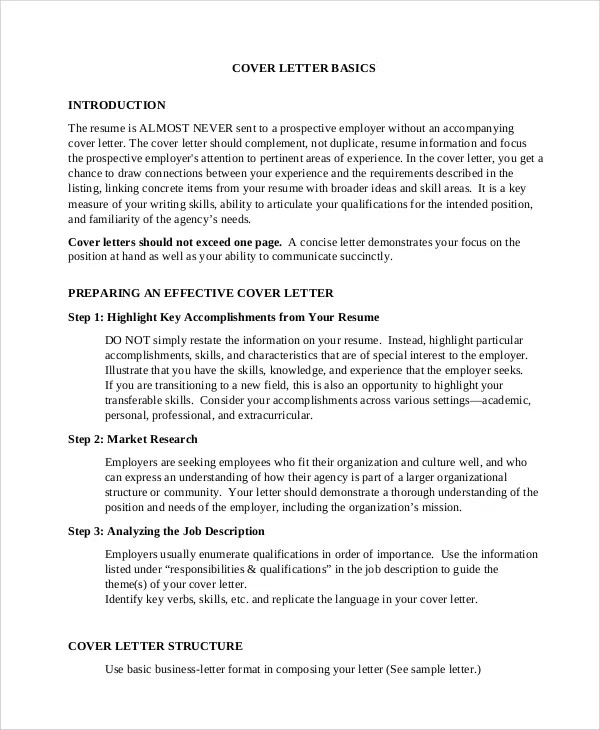
After grabbing their attention, clearly state the purpose of your letter – that you are applying for a specific position. Be direct and concise about the role you are interested in, and where you saw the job posting. This sets the context for the rest of your letter and ensures the reader knows why they are reading your application. Clear and concise writing helps the hiring manager.
Expressing your interest in the position
Express your genuine interest in the position and the company. This demonstrates your enthusiasm and commitment. Explain why you are excited about the opportunity and what attracts you to the role. Showing enthusiasm makes you stand out from the crowd. You can even mention a specific aspect of the company’s mission or values that resonates with you. Be clear and concise, and make sure you let the hiring manager know you are the right person for this role.
Mentioning where you found the job
Mentioning where you saw the job posting helps the hiring manager understand how their job advertisement is performing. Whether it was on a job board, through a referral, or on the company’s website, mentioning the source gives them valuable data. It also shows that you paid attention to the application process. It also shows where you got the information on the job posting.
Fourth Step Showcase Your Key Qualifications
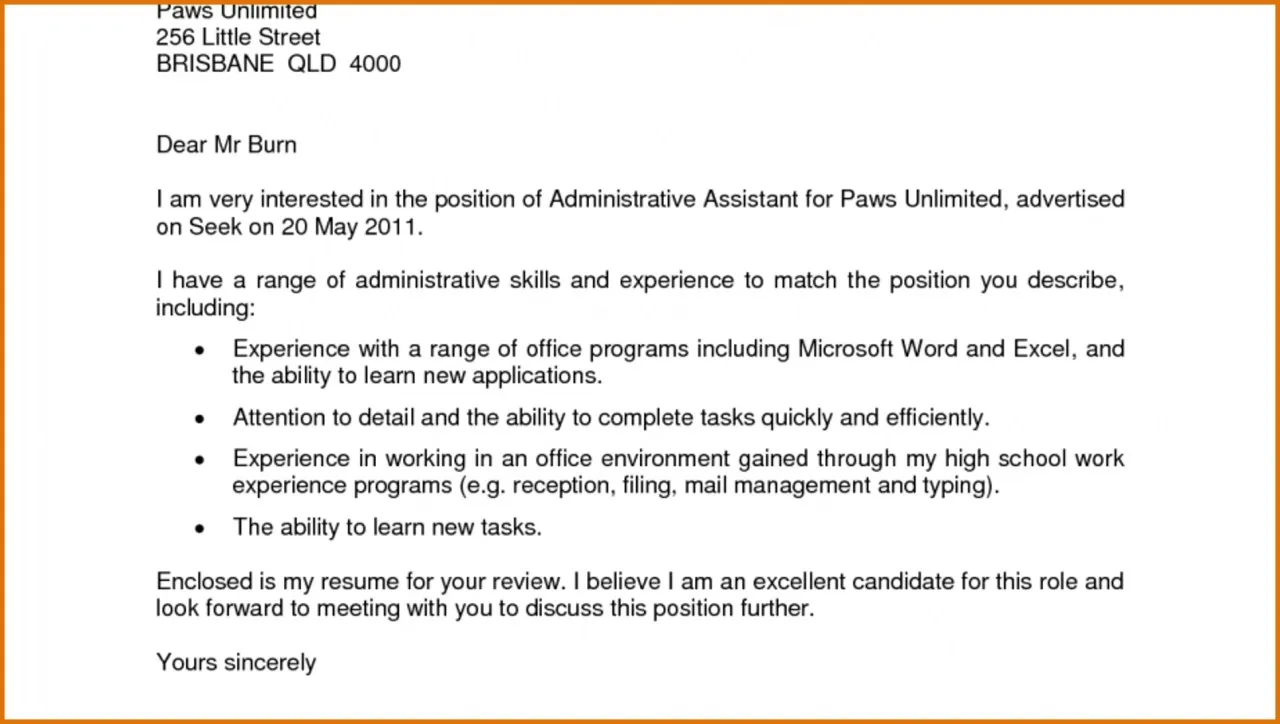
Briefly highlight your most relevant skills and experiences that align with the job requirements. This isn’t the place to list everything – save the details for the body of your letter. The introduction is an opportunity to make a strong first impression by emphasizing your key strengths. Make sure that you have all of your relevant skills and experiences so you can stand out from the other applicants. You want to make sure that you are showing that you have what it takes to do the job well.
Emphasizing your most relevant skills
Focus on the skills that are directly mentioned in the job description. This shows that you have carefully read the requirements and that you are a good fit. If the job requires experience in project management, mention your proficiency and any specific tools or methodologies you have used. Tailoring your skills to the job description shows that you are the ideal candidate.
Quantifying your achievements whenever possible
Whenever possible, quantify your achievements. Use numbers to show the impact of your work. For example, instead of saying ‘Managed projects,’ say ‘Managed projects resulting in a 15% increase in efficiency.’ Numbers and data make your claims more credible and memorable. Be sure to use facts, figures, and statistics when you can. This allows you to show what you can do, and not just say it.
Fifth Step End with a Strong Call to Action
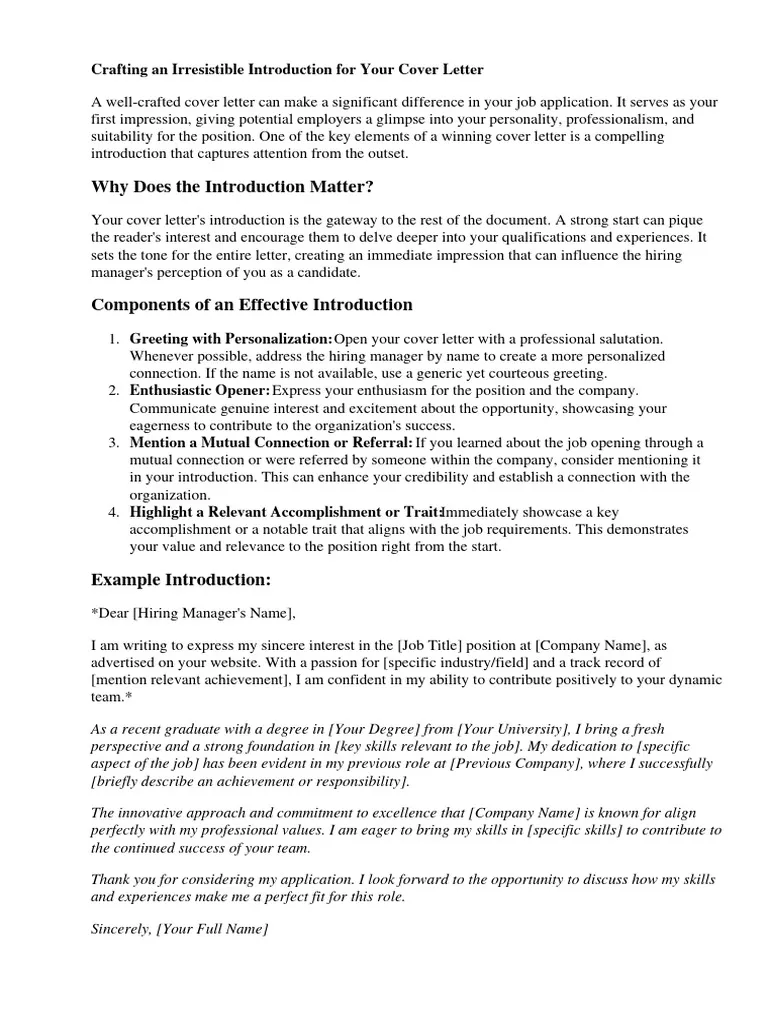
Close your introduction with a call to action. Let the hiring manager know that you are eager for an interview and provide your contact information. This encourages them to take the next step and gives them an easy way to reach you. The perfect call to action is concise, and direct. It’s crucial for ensuring that the hiring manager knows exactly what you want them to do next.
Expressing your enthusiasm for an interview
Clearly state your eagerness to be considered for an interview. This shows your interest and enthusiasm. You can phrase it like ‘I am very excited about the opportunity to discuss how my skills and experience can benefit your team.’ This shows your proactive attitude. Show enthusiasm and let them know that you want an interview, and are happy to talk about the role more in depth.
Providing your contact information
Make it easy for the hiring manager to contact you. Provide your phone number and email address. Make sure your contact information is accurate and professional. Providing your contact information makes it easy for the hiring manager to contact you quickly. Double-check everything before submitting your application.
Common Mistakes to Avoid
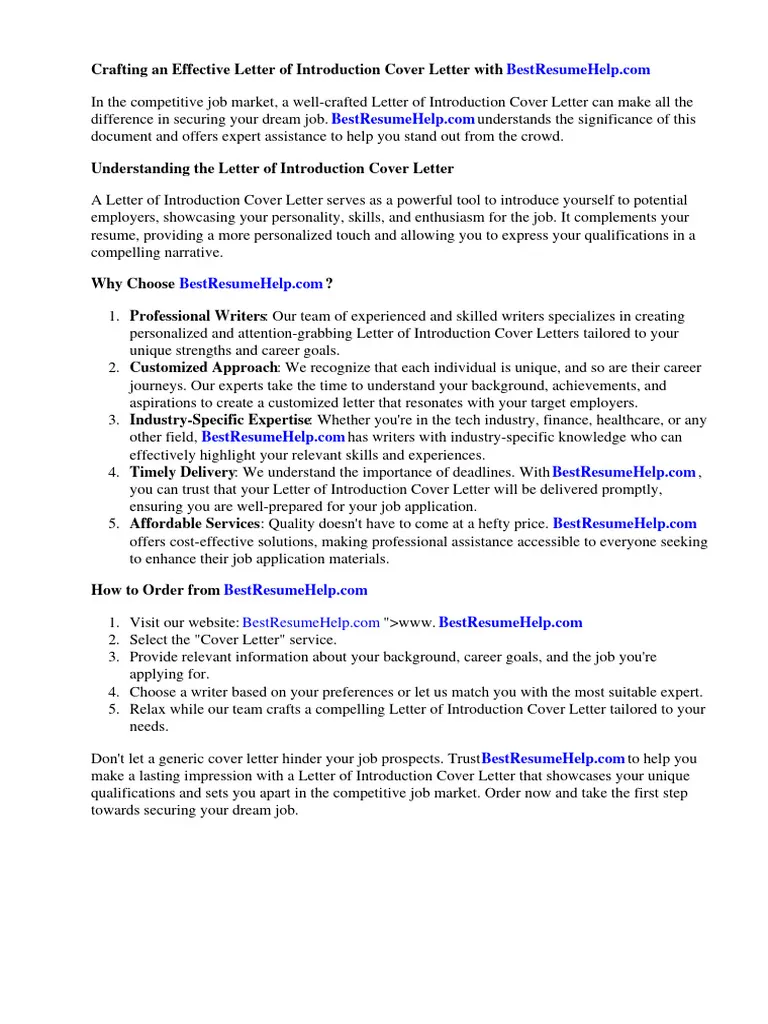
Avoiding common mistakes can significantly increase the effectiveness of your cover letter introduction. Be mindful of the pitfalls that can weaken your application. When writing your introduction, make sure that you write a concise and easy-to-read introduction so you can stand out from the other applicants.
Using generic greetings
Avoid using generic greetings like ‘To Whom It May Concern.’ If possible, address the letter to a specific person. Research the hiring manager’s name and use it to personalize your letter. This shows that you have taken the time to research the company and demonstrates your attention to detail.
Focusing solely on yourself
While it is important to showcase your skills and experience, avoid making the introduction all about you. Balance your achievements with how you can benefit the company. Focus on the value you can bring to the role and the team. The hiring manager cares most about what you can do for them, not just what you have done.
Making grammatical errors
Proofread your introduction carefully for any grammatical errors or typos. Errors can create a negative impression and undermine your professionalism. Use a grammar checker and ask a friend or colleague to review your letter. Attention to detail is crucial in the job search, so make sure that everything is perfect.
